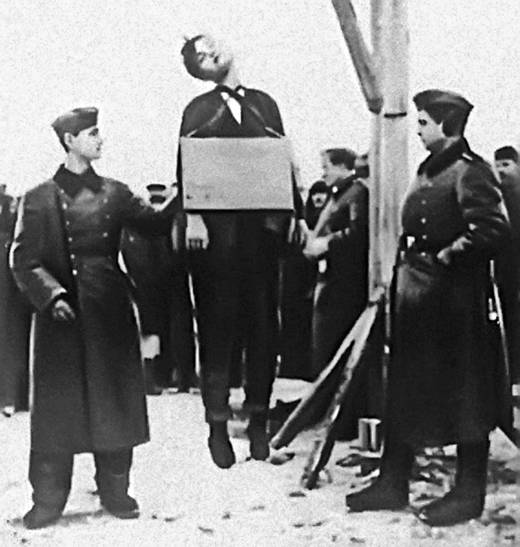Battle of the Atlantic
- The German 4th Motor Torpedo Boat Flotilla attacks Convoy FN-564 northwest of Cromer. S-51 sinks the British steamer Cormarsh (2848t) half a mile north of the 58A Buoy. The entire crew are rescued. S-52 sinks the British steamer Empire Newcomen (2840t) 5 miles south of Dudgeon Light with the loss of 10 of her crew. S-64 sinks the British tanker Asperity (699t) with the loss of 10 crewmen.
- U-43 sinks the British steamer Thornliebank (5569t) from Convoy OS-12 240 miles north-northwest of the Azores with the loss of the entire crew of 75.
Diplomatic Relations
The US warns Britain of an impending attack by the Japanese in the Asia-Pacific area.
[Eastern Front
In the Moscow sector German tank forces commanded by Gen Reinhardt reach the Moscow-Volga Canal and manage to cross in in the Dmitrov area. The Germans here are coming up against some of the fresh Siberian units and more of the Germans tank force is being tied down here because of the fierce Soviet resistance.
In the south the Russians recapture Taganrog and Rostov with a violent counter-offensive, forcing the 7th Pzr Army out of the 'Gateway to the Caucasus' and threatening to surround the German forces. This is the first setback for the Germans on the Russian front. In spite of having orders to stand firm, Von Rundstedt orders his troops to retire behind the line of the Mius River.
CENTRAL SECTORLead units of the 4th Panzer Group take Dmitrov on the eastern bank of the Moscow-Volga Canal. The 16th and 30th Armies receive substantial reinforcement, much needed following their bloody battles with the 3rd and 4th Panzer Groups. The 1st Shock Army and the 10th Army are allocated to the West Front as reinforcement, but are held in reserve behind the wings of the front until the German attack grinds to a halt. As yet both the 1st Shock and 10th Armies need fleshing out, being short of men and equipment.
Germans Often Execute Partisans in Public |
 |
On the southern wing, the XLVII Panzer Corps come under fierce attack and is force to pull back from Skopin. The XXIV Panzer also comes under heavy fire around Tula. To the rear of the combat line, the Red Army brings up yet more reserve armies. The 60th deploys around Tarasovka, while the 24th is situated on the Moskva near Davidkovo. In addition, the 26th Army is at Noginsk and the 61st at Ryazan.
SOUTHERN SECTORFierce fighting continues as the 1st Panzer Army withdraws to the Mius, giving up Rostov to the 56th and 9th Armies. These 2 units press the Germans relentlessly but are unable to rout the retreating force.
[Finland
Finland restores its former border with the Soviet Union, reincorporating territories taken by recent military action. Finland had been forced to cede territory to the Soviet Union as part of the agreement ending the 'Winter War' in 1940.
[Japan, Home Front
Tojo restates Japan's leadership role in east Asia, 'Nothing can be permitted to interfere with this sphere because this sphere was decreed by Providence.'
[Japan, Policy
A Japanese government liaison conference decides that the final terms are unacceptable and that Japan must go to war.
[Mediterranean
- The Italian steamer Capo Faro (3476t), sailing from Brindisi to Benghazi, is sunk by British aircraft from Malta.
- The Italian steamer Berbera (2093t) is sunk by British bombing at Navarino, Greece.
North Africa
Lt-Gen Willoughby Norrie leads an attempt by the 1st South African Bde to regain Point 175, but the attack does not go in until after dark and is repulsed with some ease.
[Occupied Soviet Union
Near Riga, the massacre of 38,000 Jews by the Germans begins.
[